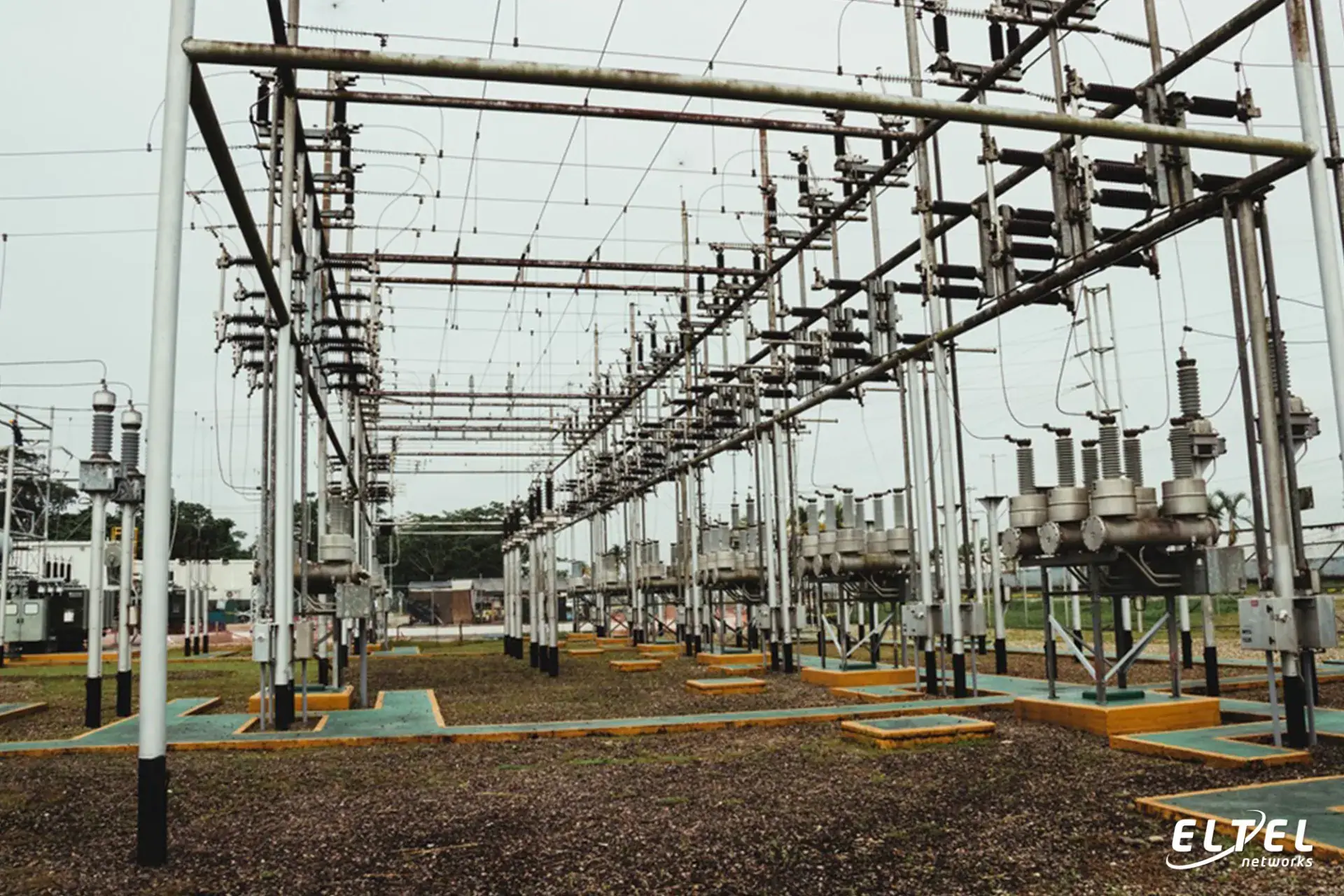Expansion and modernization of a substation – differences
 Expansion of the power station
Expansion of the power station
In the current reality, the demand for electricity is constantly growing. At the same time, modern technologies are developing faster and faster. Therefore, substations are parts of the infrastructure that play a key role in ensuring the stability of energy supplies to both companies and private homes. The operation of substations may be improved after their appropriate expansion or modernization. While both methods aim to increase the efficiency and reliability of the energy system, they differ in many respects.
Expansion of the substation
Substation expansion is a process in which existing power units are replaced or expanded with new, more modern components. The main goal of the development is to increase the production and transmission capacity of the station to meet the growing demand for electricity and, consequently, improve the operational security of the National Power System (NPS). Investments in new components – such as turbines, generators, transformers and infrastructure, enable servicing a larger number of customers, and also significantly increase operational flexibility and maintain better reliability and continuity of power supply.
Investments in modern technologies
A substation under expansion often requires investment in new technologies that enable more efficient use of energy sources. One of the key advantages of developing substations is increasing the availability of electricity and minimizing the risk of supply interruptions. Lower failure rates and the ability to serve a larger number of customers make the expansion particularly important in regions with dynamically changing energy demand or regions with a sparse power grid, which threatens the continuity and reliability of energy supplies to customers.
It should also be noted that the expansion of a substation may be associated with high investment costs and a long project implementation time (the entire investment process – starting from formal and legal issues related to land owners through design works, ending with implementation works – is a multi-year process). Additionally, there is a risk that new technologies may become obsolete as technology advances, which may impact the design of substations and the long-term profitability of investments.
Modernization of the substation
Unlike the expansion of a substation, its modernization focuses on improving existing generation units and infrastructure. This process includes the introduction of modern technologies, process optimization and increasing energy efficiency. Modernization of a substation may include, among others: installation of new monitoring systems, improvement of cooling systems or the use of new, more effective technologies in the energy generation process. Additionally, it involves the replacement of worn-out station components, both in terms of primary and secondary equipment and all systems installed in a given facility.

Adaptation to new standards
One of the main advantages of modernization is the ability to improve the energy efficiency of existing infrastructure without the need to build new facilities. This allows you to increase the efficiency of energy production, reduce losses and at the same time reduce greenhouse gas emissions. The modernization also allows the substation to be adapted to new environmental standards.
Despite these advantages, modernization may encounter limitations related to the existing infrastructure, which may be outdated and not adapted to new technologies. Moreover, it is not always possible to achieve a significant increase in production capacity by modernizing existing units. Another important aspect in the course of modernization of a substation are network conditions, which affect the receipt of outages of individual NPS parts subject to or qualified for modernization.
Optimal development of substations
Both the expansion and modernization of substations have their place in the process of improving the efficiency and reliability of energy systems. The final choice between these two approaches depends on the individual needs and conditions of the substation and on the plans of the operators of the given facility.
Many substation operators decide to combine both solutions. They use the benefits of modern technologies as part of modernization and increase production capacity as part of development. Cooperation between different engineering disciplines and close monitoring of technological progress are crucial for the effective and sustainable development of substations to meet society’s expectations. Moreover, they should be consistent with the principles of environmental sustainability.